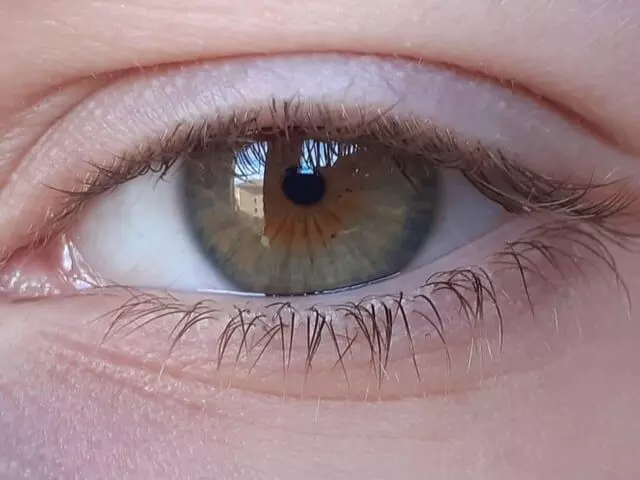What is Corneal blindness? Why 6.8M people in India suffer from this disorder
A cornea transplant has emerged as the solution for the restoration of eyesight
By Neelambaran A
Representational Image.
Hyderabad: Around 6.8 million people in India suffer from corneal blindness.
A cornea transplant has emerged as the solution for the restoration of eyesight. However, only 50,000 to 60,000 cornea harvests take place in the country, which is only 50% of the demand.
The lack of sufficient eye banks of international standards, awareness about cornea donation, and adequate legislation for simplifying the process of cornea donation are suggested by experts to bring an end to the demand for corneas to eradicate avoidable blindness.
With almost 40% of the cornea transplants being performed for the lower age population and 1% for children, the need for better infrastructure, trained ophthalmologists, and related infrastructure is being highlighted.
What is corneal blindness?
Corneal blindness is a group of eye disorders resulting in the cornea becoming opaque or scarred leading to vision loss or blindness. It is commonly caused due to injury, infection, or malnutrition, and affects India's rural populations and economically disadvantaged communities.
Deficiency of vitamin A, corneal abrasion, trachoma, and congenital disorders are other major causes of corneal blindness.
Dr Gullapalli Nageswara Rao, founder of L V Prasad Eye Institute (LVPEI), Hyderabad said, “While 1,00,000 corneal transplants are required annually, the healthcare system can only provide 30,000 per year”.
Need for eye banks
The National Programme for Control of Blindness and Visual Impairment (NPCBVI) has yielded results in recent years, establishing eye banks and carrying out awareness campaigns.
The demand for corneas continued to increase, but the harvesting came to a standstill during and after the COVID-19 pandemic, though India remains second, next only to the United States in corneal collections and transplantations.
“We need at least 50 eye banks of international standards, with an investment of Rs 1 crore each. Though several eye banks are functioning across the country most of them do not meet the global standards”, Dr Nageswara Rao said.
Lack of transplant surgeons
Given the demand for 1,00,000 transplants per year, the lack of trained transplant surgeons also comes as a roadblock along with low corneal collections. The cultural and societal stigma remains a challenge to ensure higher cornea collection.
“We need a minimum of 50 transplant surgeons doing 200 transplants per year to meet the increasing demands. Every medical college must have the facility to carry out corneal transplant surgery”, Dr Nagerswara Roa said.
The LVPEI, through its Shantilal Shanghvi Cornea Institute, has completed 50,000 corneal transplants, thus becoming the first across the globe to achieve this milestone.
Legislation and counseling programs
Another important aspect of meeting the demand is to create awareness among the members of the family to encourage corneal transplants after death. Only a few hospitals engage in grief counseling programs to ensure corneal donations.
“The governments must ensure the formulation of legislation to simplify the cornea donation and transport of corneas across the states depending on the requirements. Sufficient budgetary allocations are required to appoint grief counselors in at least 500 hospitals across the county to bridge the demand-supply gap”, Dr Nageswara Rao added.